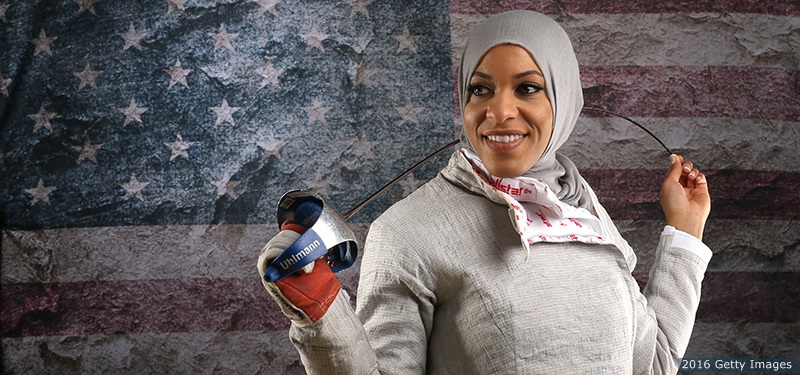Athletes save the Olympics from their leaders' big lies
/Oh, how the International Olympic Committee must yearn for the good old days of 1999, when revelations of bribes for bid city votes led to the worst scandal in the hoary (or should that be whorey?) history of the IOC.
Because as bad as that was, 2016 was even worse.
That is a painful irony given that years with an Olympics usually leave enough good recollections to wipe the seamier ones from the public memory bank.
Not so in 2016, even if the underlying point of this column, as it has been in each of the 30 years for which I have given international sports awards, still is to celebrate the best athletes in sports for whom an Olympic gold medal is the ultimate prize.
Read More




